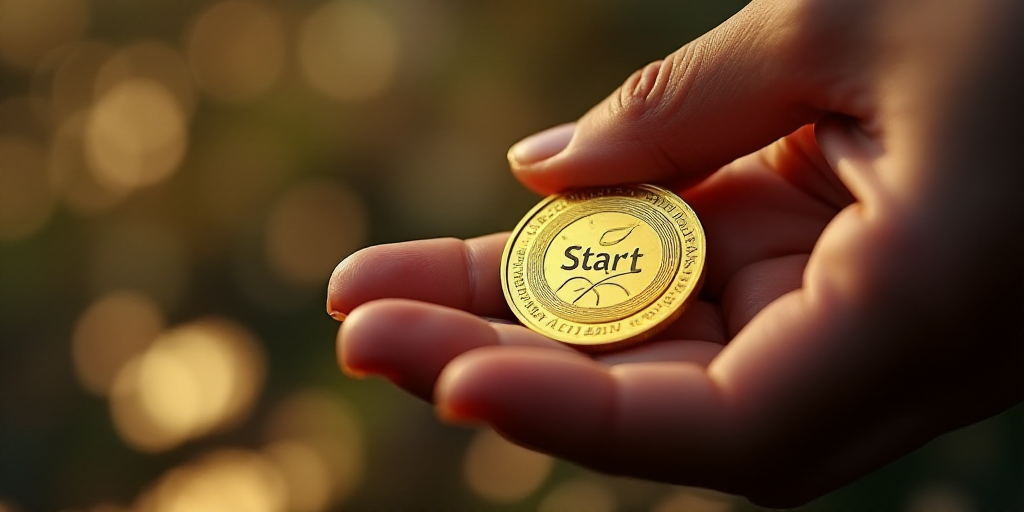Understanding Numismatics and Its Investment Potential
Beyond the economic value of coins and banknotes lies a history that can transform into an alternative investment opportunity. Learn more about this fascinating world.
Money, in the form of coins or banknotes, is more than a societal convention for transactions; it plays a crucial role in reconstructing human history. This pursuit, where many dedicate their time and passion for uncovering history, has turned numismatics into an investment avenue. Here’s how to start investing in this captivating field.
Distinguishing Numismatics from Coin Collecting
According to the Bank of Mexico (Banxico), numismatics is the science that studies coins, encompassing more than mere collection and classification. It uses coins to explain various human history phenomena, making it a multidisciplinary science involving history, economics, finance, and law.
Banxico clarifies that the terms “numismatics” and “coin collecting” are often used interchangeably, but they represent different activities. A numismatist is someone who studies coins, while a coin collector may do so as a hobby or investment. One can be a numismatist without being a collector, a collector without being a numismatist, or both simultaneously.
Starting Numismatics with a Modest Budget
Pablo Casas Rábago, former president of the Numismatic Society of Mexico, developed an interest in numismatics at eight years old when he received ancient-looking coins, including a two-real coin from 1766.
“The beauty of numismatics is that you can start with a low budget,” Casas Rábago comments. “There’s often a stigma that it’s for wealthy people.”
He agrees with Banxico’s definition, stating that numismatics is a science that covers history, economics, finance, and law, along with its investment potential.
Types of Numismatic Participants
Numismatics involves various types of individuals, each with unique motivations and interaction methods with the pieces:
- Numismatist: A person dedicated to the in-depth study of a piece, analyzing its condition, date, series, design, historical context, creators, and value fluctuations over time. They view coins as “small windows into history.” Both collectors and dealers can be numismatists.
- Collector: Interested in acquiring pieces to form a collection. A collector can also be a numismatist if they study their collection, learning about its value and history through books or websites.
- Accumulator: A type of collector who simply gathers pieces, cataloging them without much research or interest in their historical context.
- Dealer: Someone whose livelihood revolves around buying and selling numismatic pieces, driven primarily by business interests. Dealers may or may not study the pieces and can also be numismatists.
- Speculator or Circulator: This individual approaches pieces with a future-oriented vision, buying coins anticipating increased value (e.g., purchasing gold when its price rises). They usually lack detailed information compared to dealers or collectors.
Casas Rábago advises caution, emphasizing the importance of thorough research before acquiring pieces to avoid scams or overpaying for items not reflective of market realities.
Entering the World of Numismatics
Casas Rábago recommends that to venture into numismatics, proper research and avoiding common mistakes are crucial.
- Research thoroughly: Follow the numismatic adage, “first the book and then the coin,” to avoid scams or overpaying for pieces not reflective of market realities.
- Start modestly: You can begin by collecting Mexican peso coins throughout history, starting with a current coin and gradually seeking older or better-preserved pieces to enhance your collection.
- Avoid misleading information: Be wary of exorbitant prices for recent coins or banknotes circulating on social media or news portals, as they often misrepresent market realities.
- Seek reliable sources: Consult free information sources like the Numismatic Society of Mexico, which offers live-streamed assemblies on social media and publishes a quarterly research journal. They also organize large conventions, accessible to the public, where you can speak with dealers and experts for guidance on refining your focus and budget.
Acquiring Numismatic Pieces
To begin your numismatic journey, follow these steps to avoid scams and make informed decisions:
- Identify the piece in a catalog: Locate it in a reputable, specialized publication to verify authenticity and value.
- Understand the historical context: Comprehending the historical background enriches your collection and prevents fraud.
- Examine the piece closely: Assess its physical condition before finalizing a purchase.
- Visit specialized stores: Seek certified numismatic shops to ensure a reliable transaction.
The expert stresses that precise pricing is impossible, as each piece’s value depends on factors like condition, demand, rarity, metal composition, historical and numismatic context.






